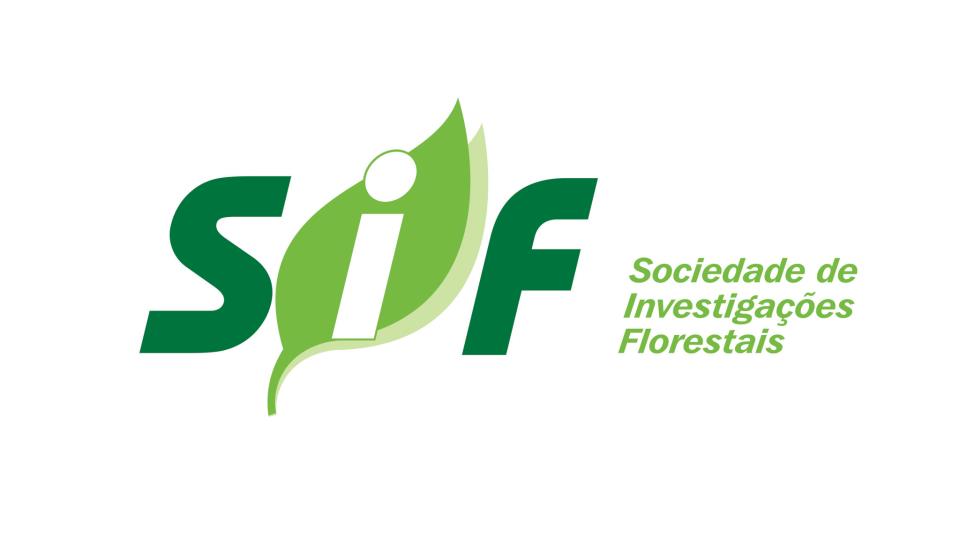Biblioteca Florestal
Digital
Digital
Vermiculita como substrato para o teste de germinação de sementes de barbatimão

JavaScript is disabled for your browser. Some features of this site may not work without it.
| dc.contributor.author | Martins, Cibele Chalita | |
| dc.contributor.author | Machado, Carla Gomes | |
| dc.contributor.author | Caldas, Isliana Griebler Ribeiro | |
| dc.contributor.author | Vieira, Israel Gomes | |
| dc.date.accessioned | 2014-08-29T18:43:30Z | |
| dc.date.available | 2014-08-29T18:43:30Z | |
| dc.date.issued | 2011-07 | |
| dc.identifier.citation | MARTINS, C. C. et al. Vermiculita como substrato para o teste de germinação de sementes de barbatimão. Ciência Florestal, Santa Maria, v. 21, n. 03, p. 421-427, jul./set. 2011. | pt_BR |
| dc.identifier.issn | 0103-9954 | |
| dc.identifier.uri | http://www.bibliotecaflorestal.ufv.br/handle/123456789/10429 | |
| dc.description.abstract | O objetivo deste trabalho foi avaliar o desempenho da vermiculita como substrato para o teste de germinação e estabelecer qual granulometria e intensidade de umedecimento deste substrato seria mais favorável à germinação de sementes de barbatimão. A semeadura foi realizada com quatro repetições de 50 sementes (escarificadas com H2SO4/60 min) em rolo de papel (RP) umedecido com 2,5 vezes a massa em água (testemunha) e vermiculita nas granulometrias mícron (MI), superfina (SF), fina (F) e média (M) umedecida com 0,5; 1,0; 1,5 e 2,0 vezes a sua massa em água. O teste de germinação foi conduzido a 30°C, avaliando- se a primeira e a última contagens aos 7 e 28 dias após a semeadura realizando-se avaliações semanais das plântulas normais. Foi calculado o tempo médio e a frequência relativa de germinação. O teste de germinação de sementes de barbatimão pôde ser realizado em vermiculita F (umedecida com 2,0 vezes a sua massa em água) ou M (umedecida com 0,5 até 2,0 vezes a sua massa em água) por possibilitarem a máxima germinação em menor tempo (21 dias), de modo similar ao RP. | pt_BR |
| dc.description.abstract | The objective of this research was to evaluate the use of vermiculite as a substrate for the germination test of ‘barbatimão’ seeds and to establish what would be the best granulometry and the best moisture intensity to germinate ‘barbatimão’ seeds. Four replications of 50 seeds were previously scarified with H2SO4 for 60 minutes. Afterwards, the following germination substrates were evaluated: paper rolls moistened with water equivalent to 2.5 times the weight of the dry paper (control); micron, super thin, thin and average sized vermiculite moistened with 0.5, 1.0, 1.5 and 2.0 times the weight of the dry paper. The germination temperature was 30°C. The percentage of normal seedlings was obtained seven days after sowing (first count) and, then, weekly (up to 28 days). Average time and relative distribution of germination were calculated. It was concluded that the germination of ‘barbatimão’ seeds can be carried out with either fine vermiculite moistened with water equivalent to 2.0 times the weight of the dry paper or average sized substrate moistened with water equivalent to 0.5 to 2.0 times the weight of dry paper. These treatments resulted in higher and faster germination (21 days), similarly to the paper roll method. | pt_BR |
| dc.format | 07 páginas | pt_BR |
| dc.language.iso | pt_BR | pt_BR |
| dc.publisher | Universidade Federal de Santa Maria | pt_BR |
| dc.relation.ispartofseries | Ciência Florestal:v.21,n.3; | |
| dc.subject.classification | Ciências Florestais::Silvicultura::Propagação e fisiologia de espécies florestais | pt_BR |
| dc.subject.classification | Ciências Florestais::Silvicultura::Sementes florestais | pt_BR |
| dc.title | Vermiculita como substrato para o teste de germinação de sementes de barbatimão | pt_BR |
| dc.title | Vermiculite as substrate for germination of ‘barbatimão’ seeds | pt_BR |
| dc.type | Artigo | pt_BR |
Arquivos deste item
| Arquivos | Tamanho | Formato | Visualização | Descrição |
|---|---|---|---|---|
| Ciência_Florestal_v21_n3_p421-427_2011.pdf | 803.8Kb |

|
Visualizar/ |
Artigo |





